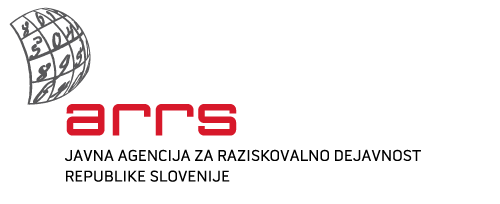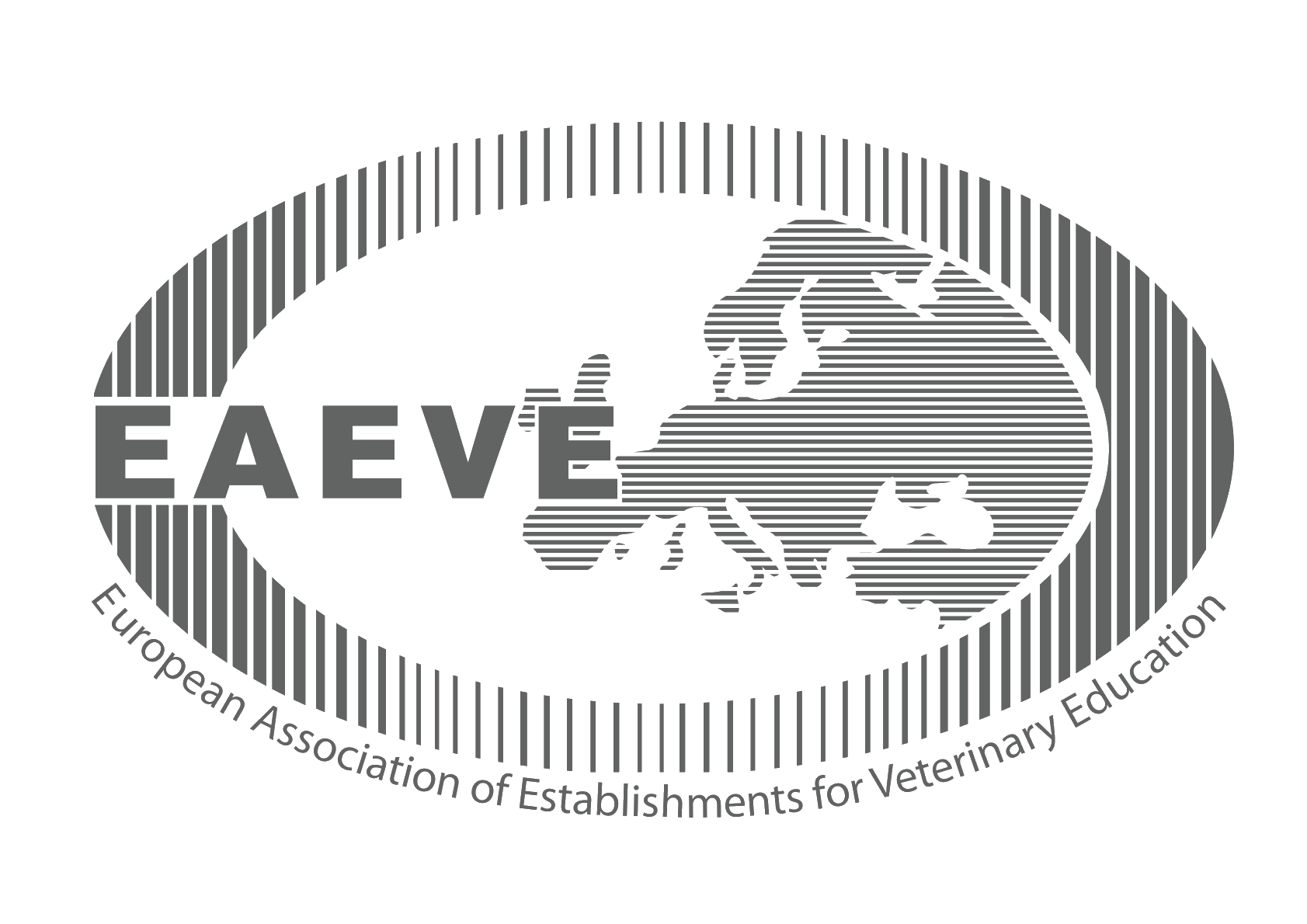J4-9436

Role of estrogens in active brain feminisation; and development of a novel hormone implant, mimicking estrous cycle

General Data
Member of UL: Veterinarska fakulteta
Name of the leading partner:
Status: leading partner
Project code/ Projet No.: J4-9436
Project Title: Role of estrogens in active brain feminisation; and development of a novel hormone implant, mimicking estrous cycle
Project period: 2018 - 2021
Yearly sum of FTE: 1,2 FTE
Leader: Gregor Majdic
Scientific field: Veterinary medicine, neurobiology
Partners:
Institut Jpzef Stefan
Project description
Classical hypothesis of brain sexual differentiation suggest that testosterone, secreted from testes during fetal and early postnatal periods, affects male brain to become masculinized and defeminized. However, there is an important, yet unanswered question whether development of a female brain is a default pathway without any hormonal influences, or is there a mechanism for active feminization of the female brain. Some studies in recent years have hinted that in rodents prepubertal period between days 15 to 25 is important period for active feminization of the female brain by low amounts of estrogens secreted from the ovary before puberty. In the proposed studies we will further explore this hypothesis, using hormonally/pharmacologically manipulated WT mice and agonadal SF-1 KO mice. WT female mice will be ovariectomized on day 10 and will be given supplemental estrogens or agonists of estrogen receptors alpha and beta (PPT and DPN, respectively). Similarly, agondal SF-1 KO mice will be treated with estradiol during the period from day 15 until day 25 of postnatal life. Mice will be examined in adult life for typical female behaviors such as female sexual behavior and maternal behavior, and some tests modeling sexually dimorphic psychiatric disorders. After testing, mice will be sacrificed and their brains will be used for immunohistochemistry and/or RNA extractions to determine differences in gene expression of target genes that might be caused by different treatments in prepubertal period. As a separate workpackage, we will develop a novel implant for mimicking estrous cycle that will be initially used in behavioral studies in rodents instead of currently used silastic implants or estradiol pellets. However, such implant mimicking estrous cycle will be later translated also into clinical human medicine as a novel, more physiological approach to hormone replacement therapy.
Structure of the project group
Gregor Majdič
Neža Grgurevič
Nina Šterman
Saša Novak
Nataša Drnovšek
Location
Gerbičeva 60
SI-1000 Ljubljana
Slovenija
Sample Reception
Samples are received at several locations throughout Slovenia. See where.
The veterinarian on duty
Emergency veterinary assistance for dogs and cats and a telephone number of constant readiness.
Library
A wide selection of domestic and foreign professional literature in the field of veterinary medicine and other sciences.
Main navigation
-
Education
- Informativni dan
- Why to become a veterinarian?
- Undergraduate Studies
- Postgraduate studies
- Pripravništvo
- Summer Schools
- Continuous education
- Professional Development
- International Activity
- Mednarodna dejavnost - Tuji študentje
- The Path to Creative Knowledge
- Tutoring
- Extracurricular Activities
- Career Centres
- Alumni
- Student organizations and societies
- Quality Assurance
- Clinics
- Diagnostics
- Dobrobit
- NVI
- Research
- About us
- Hub


